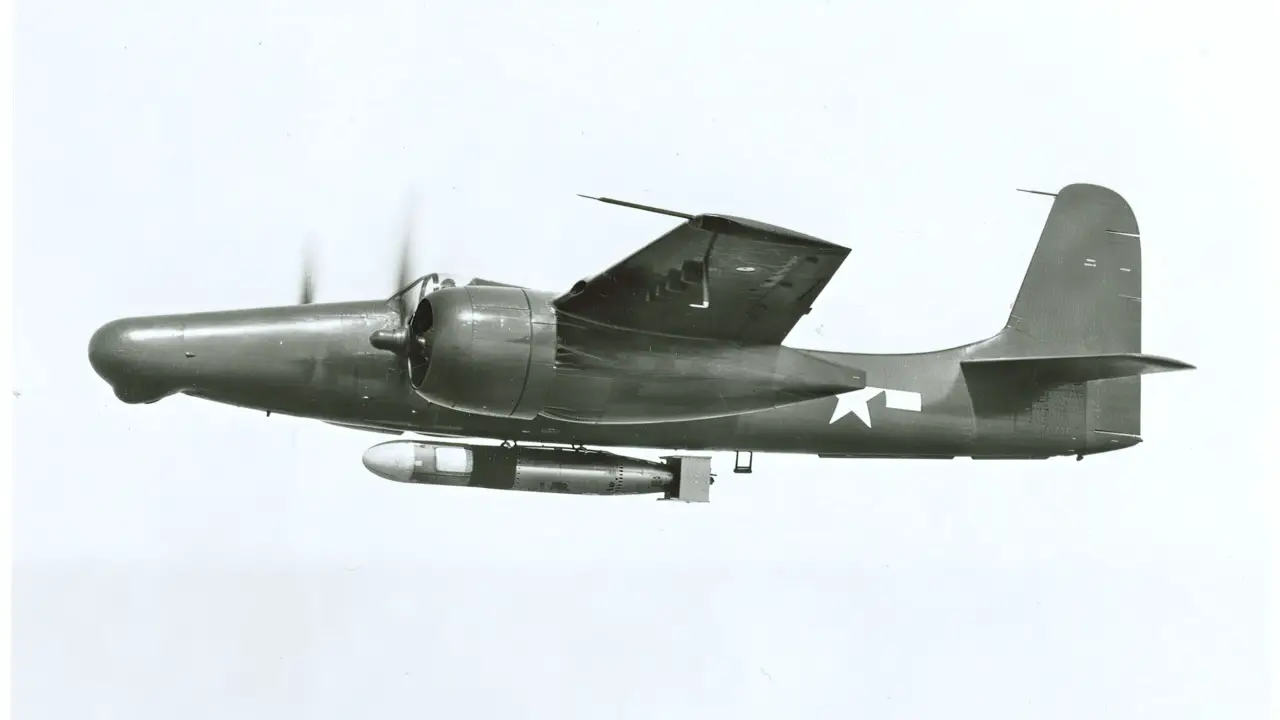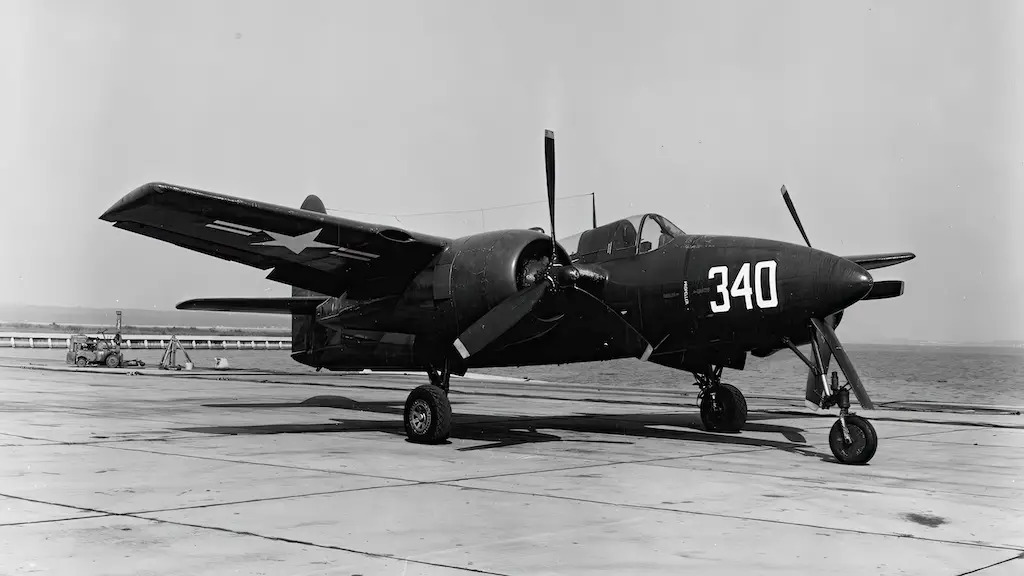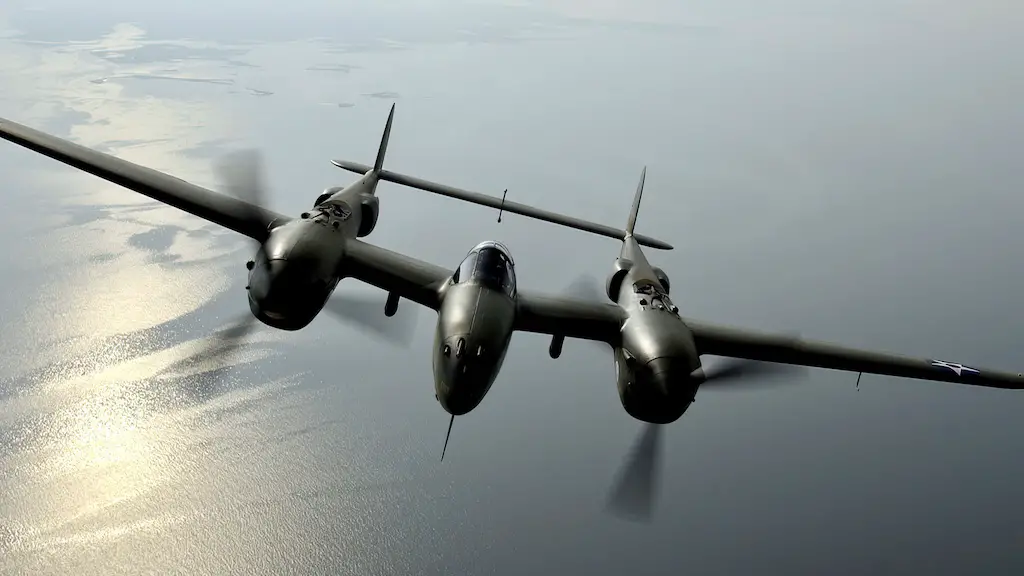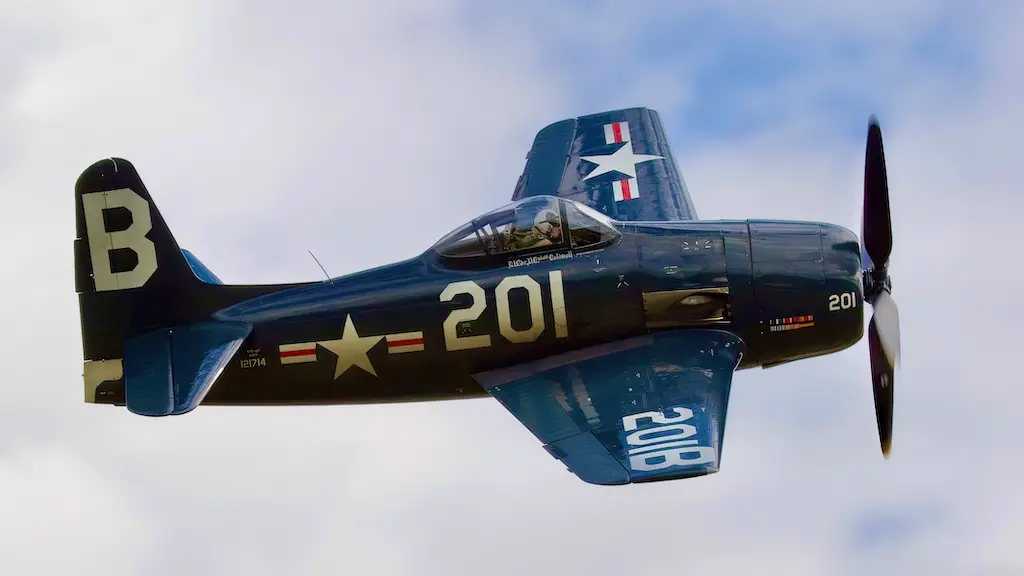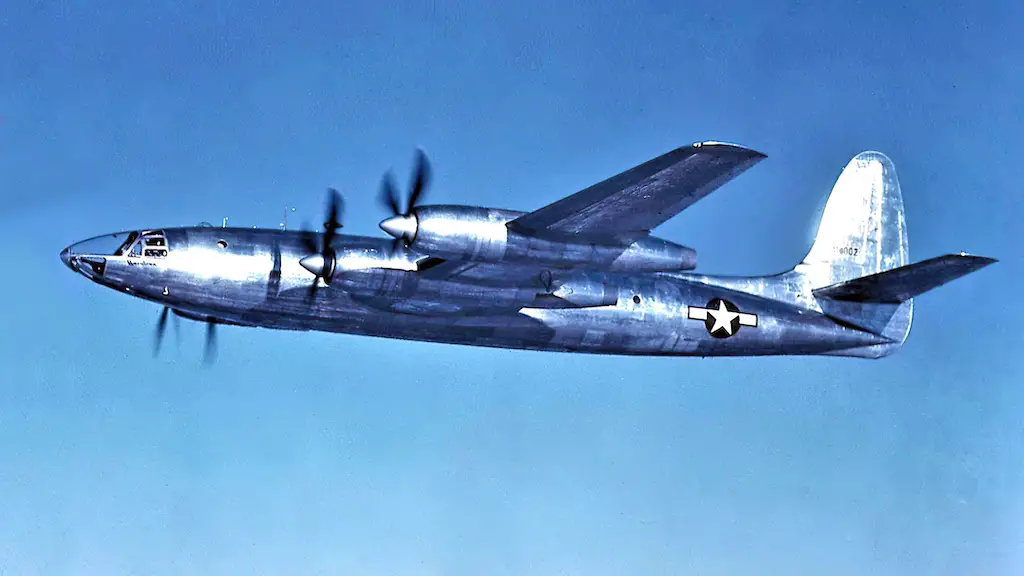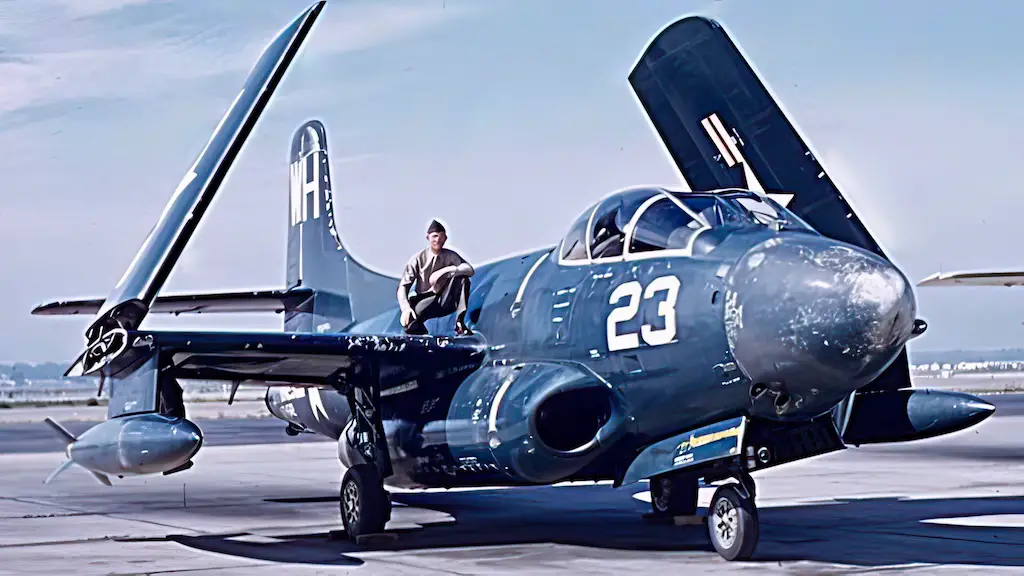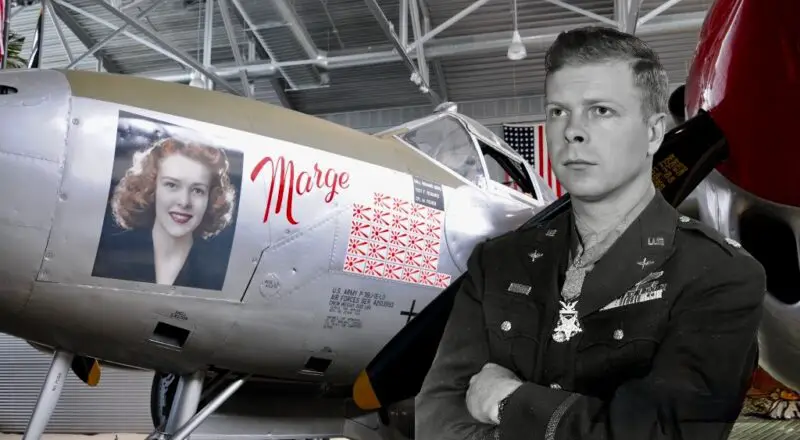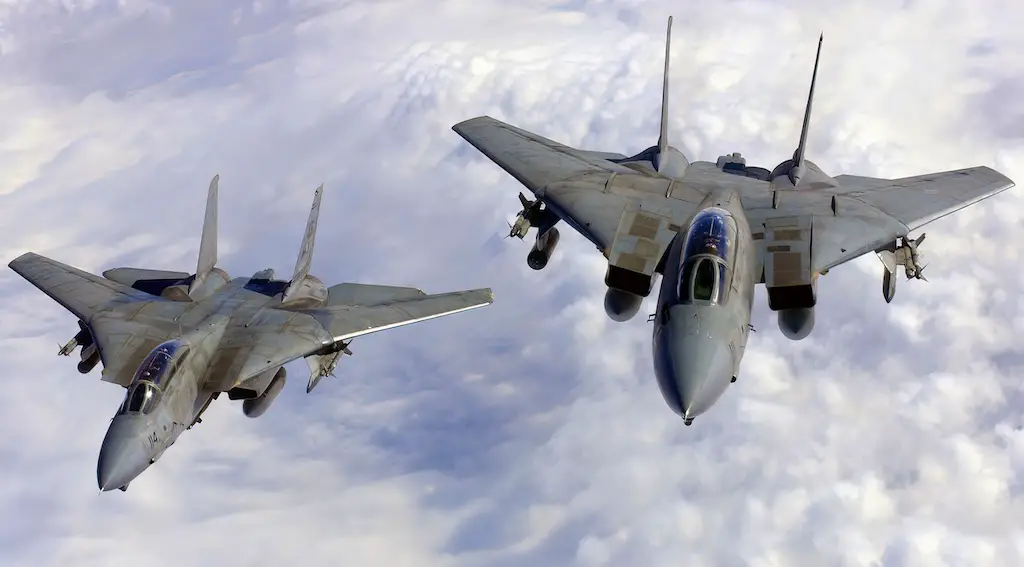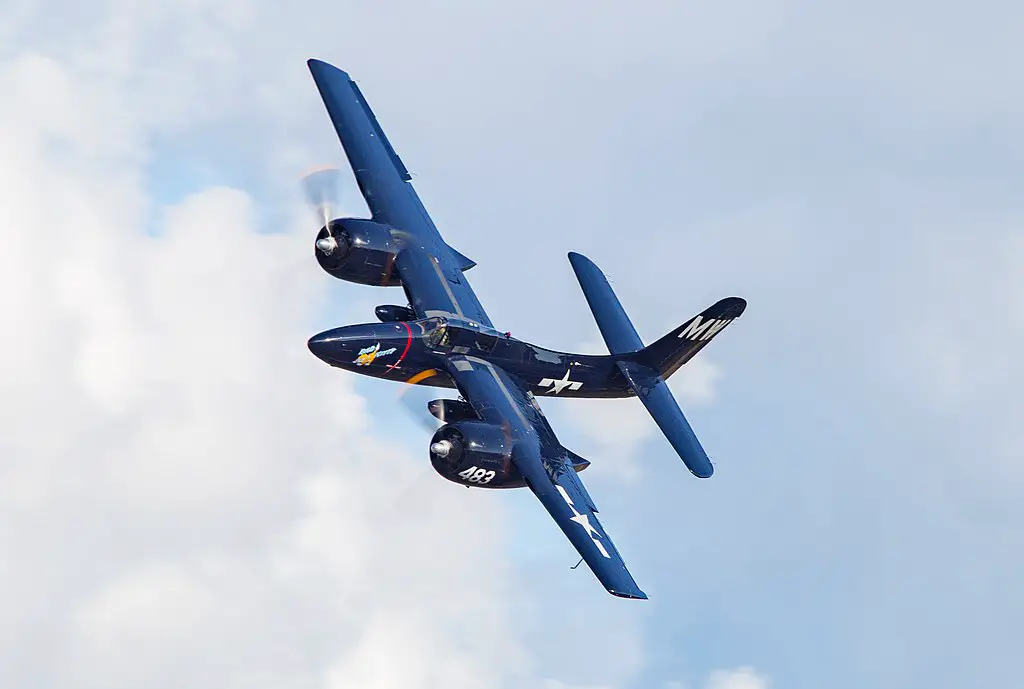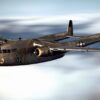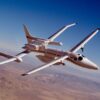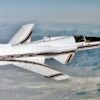Genesis of the Tigercat
The tale of the Grumman F7F Tigercat, a heavy fighter aircraft, takes root in World War II. Grumman, already a legend in the field of aircraft design, birthed this audacious brainchild amid heated warfare. The Tigercat marked a departure from the typical single-engine aircraft in use, armed with a design so innovative it took many by surprise.
Grumman presented the F7F to the U.S. Navy in 1941 as a proposal to a performance specification. Originally designated as the XF7F-1, it took its maiden flight on December 2, 1943. Although the war concluded before it could make its operational debut, the Tigercat remained a remarkable creation in its time.
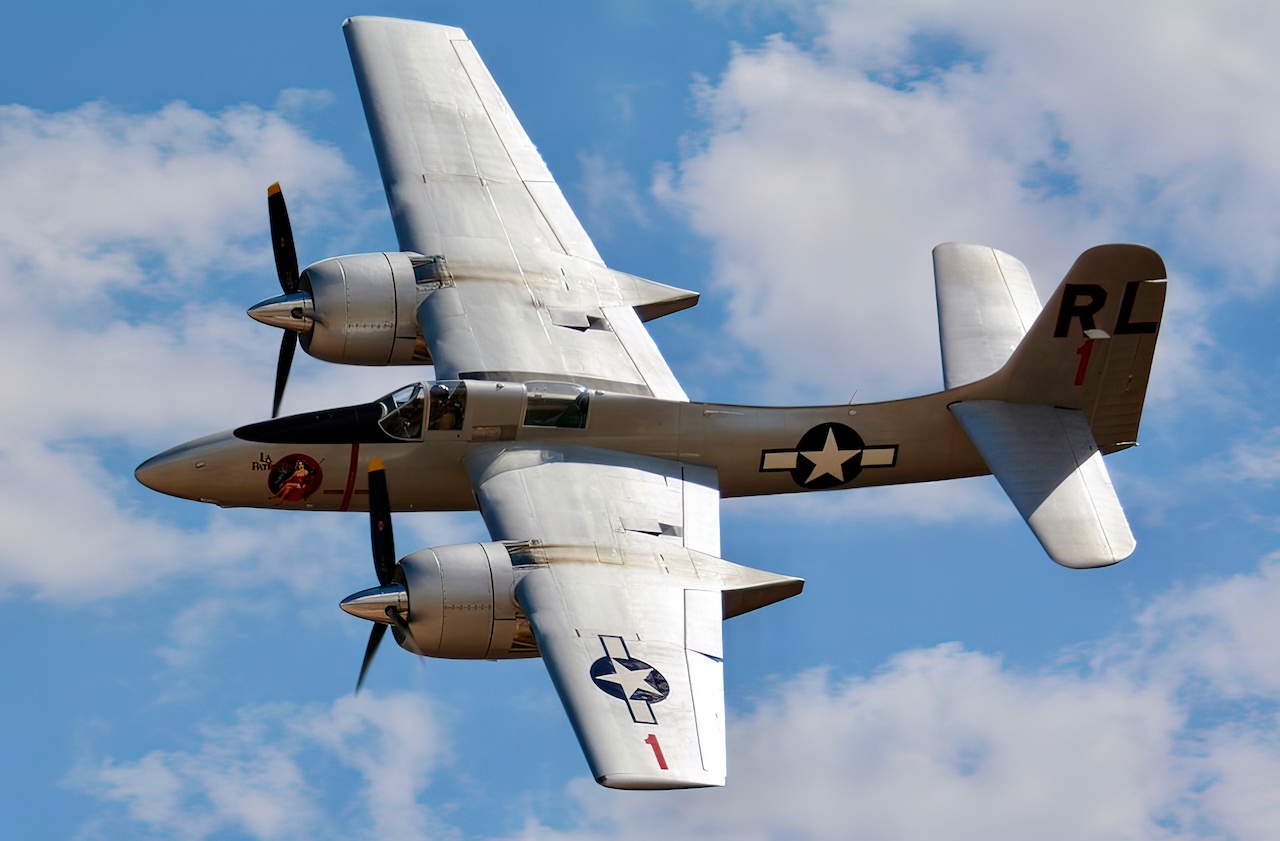
The Engines
A key feature that set the F7F apart was its twin-engine setup. Beneath the Tigercat’s sleek exterior roared the Pratt & Whitney R-2800 Double Wasp engines, a beastly 18-cylinder powerhouse. Each engine packed a whopping 2,100 horsepower, propelling the Tigercat to an impressive top speed of 460 mph.
With a maximum takeoff weight of around 25,720 pounds, it was a heavy bird. Yet, the immense power supplied by the twin engines ensured a rapid climb rate, reaching 4,530 feet per minute. The fusion of power and speed in the F7F made it a formidable contender in the skies.
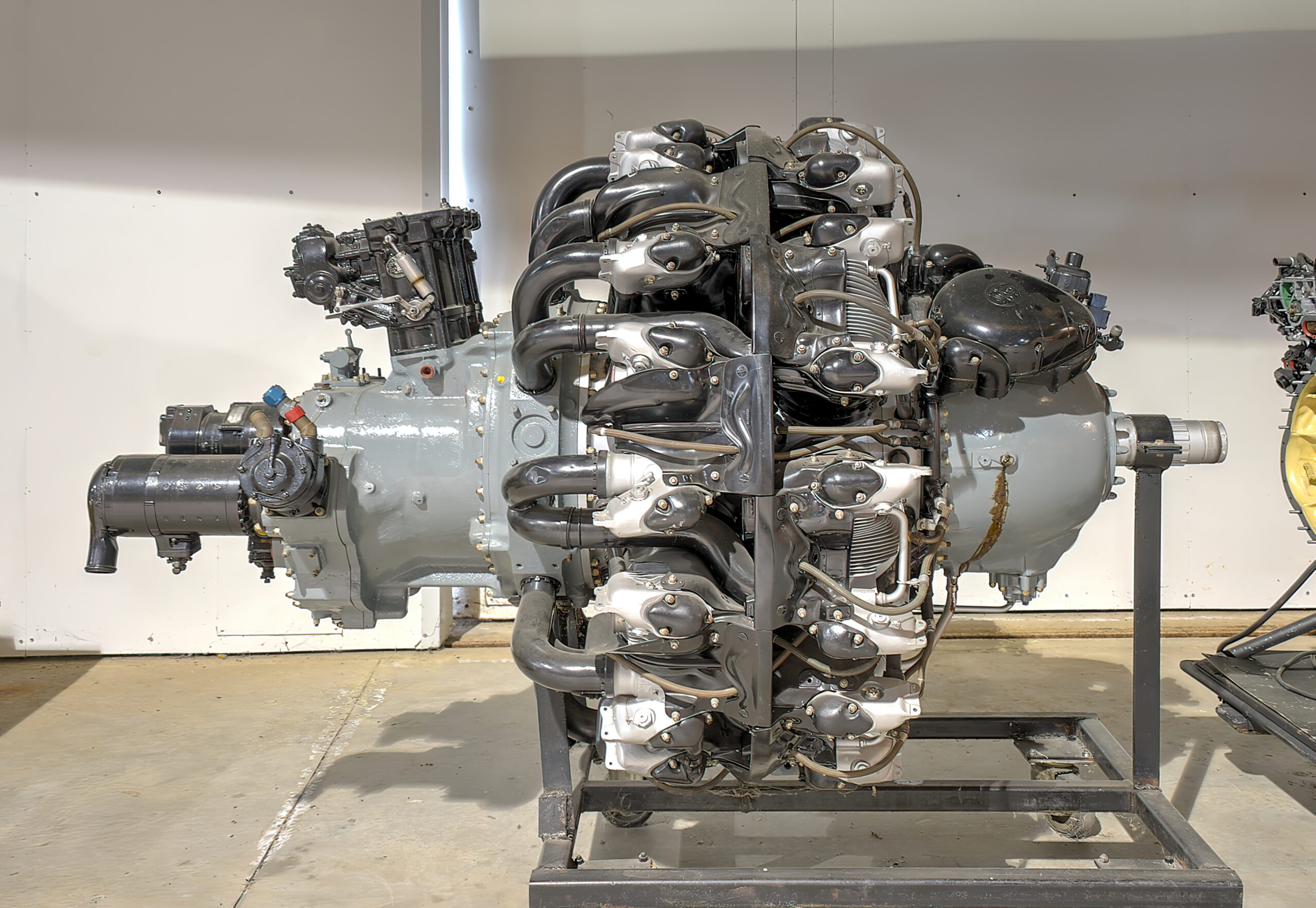
Soaring with the Tigercat
The Tigercat was not just about raw power and speed; it was also a master of maneuverability. It handled with agility and precision, with pilots often praising its responsiveness and stability.
The Tigercat boasted an array of formidable weaponry, placing it at the top of its class. It hosted a quartet of 20 mm cannons and an equal number of .50 caliber machine guns. This lethal arsenal transformed the Tigercat into a deadly adversary in the skies.
Beyond its standard armament, the Tigercat brought versatility to the battlefield. Capable of carrying up to 2,000 pounds of bombs or a torpedo, it became more than just a fighter. This heavy-duty payload capacity allowed the Tigercat to flexibly engage in various mission profiles, from air-to-air combat to ground attack roles. It’s this versatility that highlighted the Tigercat’s true prowess in warfare.
The Tigercat’s Modest Victory
While the Tigercat missed World War II, it found its battleground during the Korean War. Serving primarily with the United States Marine Corps, it played multiple roles, including night fighter and close air support. In both roles, the Tigercat’s power, speed, and versatility proved invaluable.
The Tigercat’s operational history includes an incident that stands out for its understated triumph.
Amidst a routine night patrol, an unsuspecting F7F crossed paths with a pair of antiquated biplanes. A David versus Goliath aerial confrontation ensued, putting the Tigercat’s advanced capabilities against the older, less-equipped aircraft.
Despite the seemingly mismatched engagement, it presented the Tigercat with its first and only opportunity for air-to-air combat. Flexing its superior speed and lethal firepower, the Tigercat quickly gained the upper hand. The outcome was as expected: the Tigercat prevailed, bringing down both biplanes.
While shooting down two older propeller-driven aircraft might seem like a modest victory, it underscored the Tigercat’s operational efficiency. It may not have been the most glorious air-to-air combat in history, but it certainly etched the Tigercat’s name in the annals of aerial warfare.
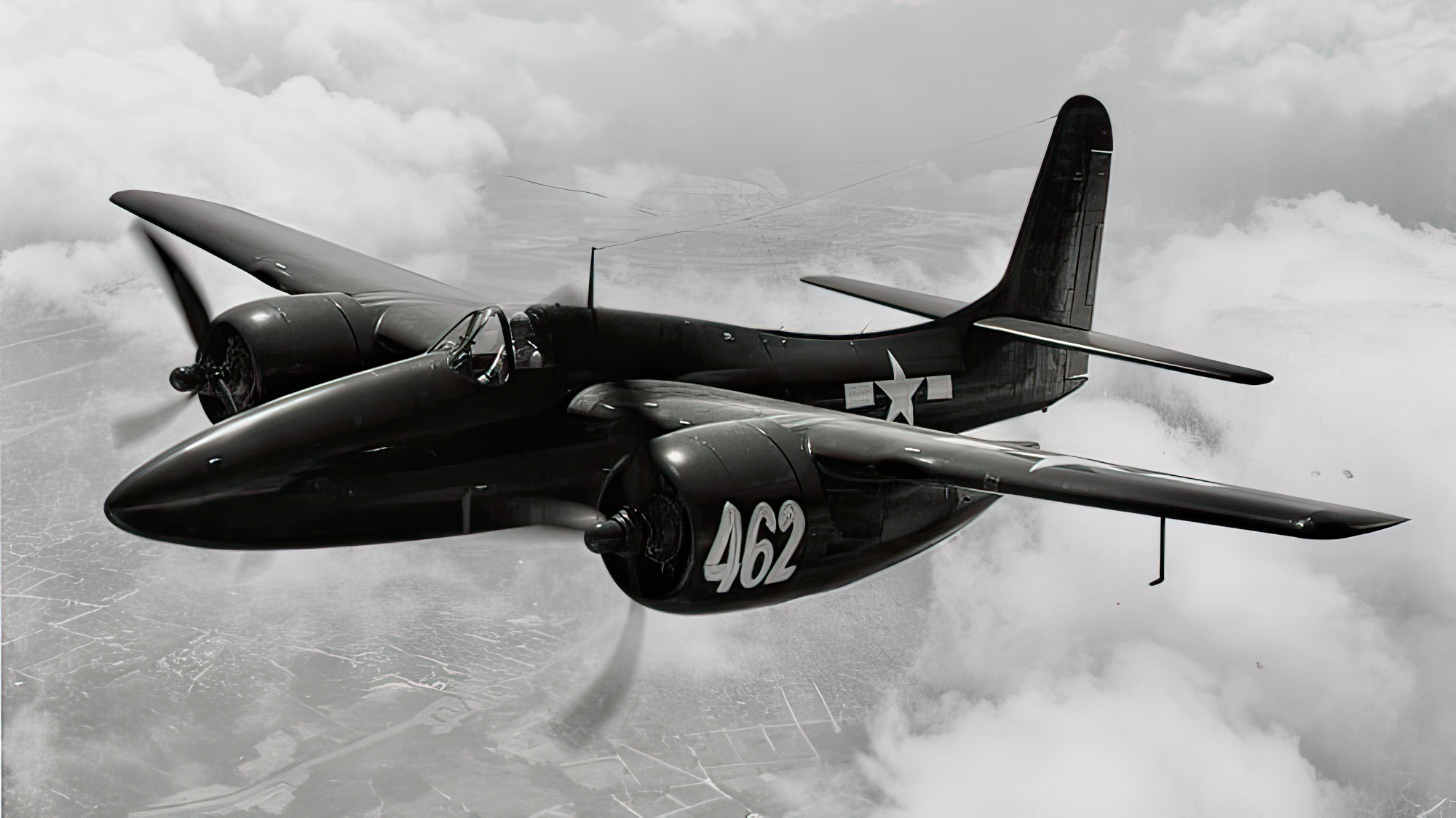
The Tigercat’s Achilles Heel
Every creation, no matter how groundbreaking, has its flaws. The Tigercat was no exception. While it showcased remarkable performance characteristics, it was also plagued by several issues that hampered its operational effectiveness.
Firstly, the Tigercat’s sheer size and weight, although supported by its powerful engines, proved to be a drawback. The heavy airframe made it unsuitable for operations from escort carriers, limiting its deployment options during the war. It was primarily constrained to larger carriers and land bases, impacting its operational flexibility.
Secondly, its high-speed performance was a double-edged sword. The Tigercat could outrun many of its contemporaries but suffered in terms of endurance. Its fuel consumption at high speeds significantly reduced its operational range, limiting its effectiveness in long-range missions.
Lastly, the Tigercat was a complex machine, demanding maintenance and repairs that were often too elaborate for war conditions. Its reliability came into question on several occasions, with instances of engine failures and mechanical issues.
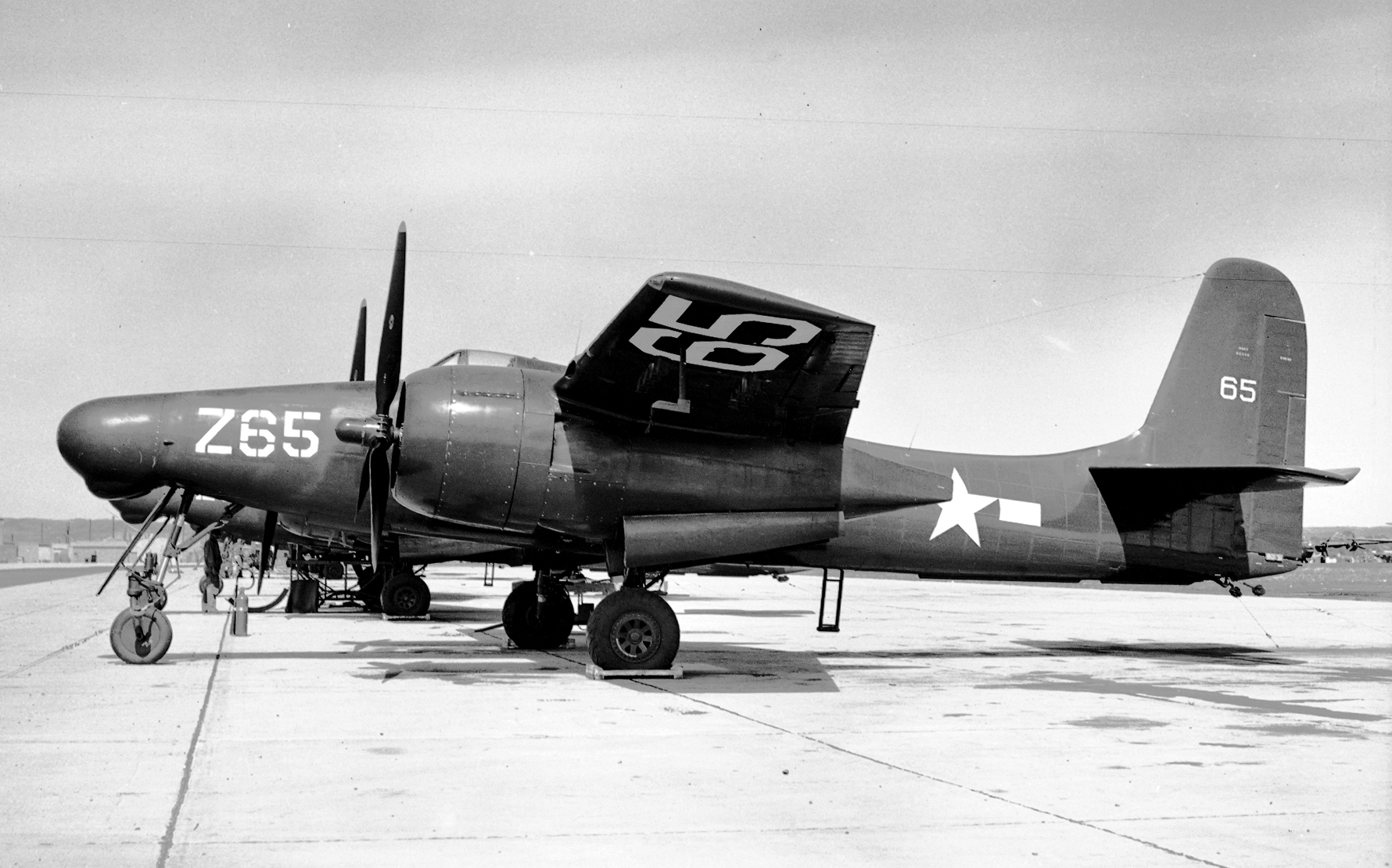
A Symbol of Power and Grace
The Grumman F7F Tigercat was a testament to the audacity and vision of its creators. Despite a modest record in operational combat, the Tigercat left a significant impact on aviation history. Its advanced design, coupled with its formidable engines and firepower, showcased the future of military aircraft design.
So, while the Tigercat may not have shot down many enemy aircraft, it still roared through the skies, etching its name as an iconic piece of aeronautical engineering.
